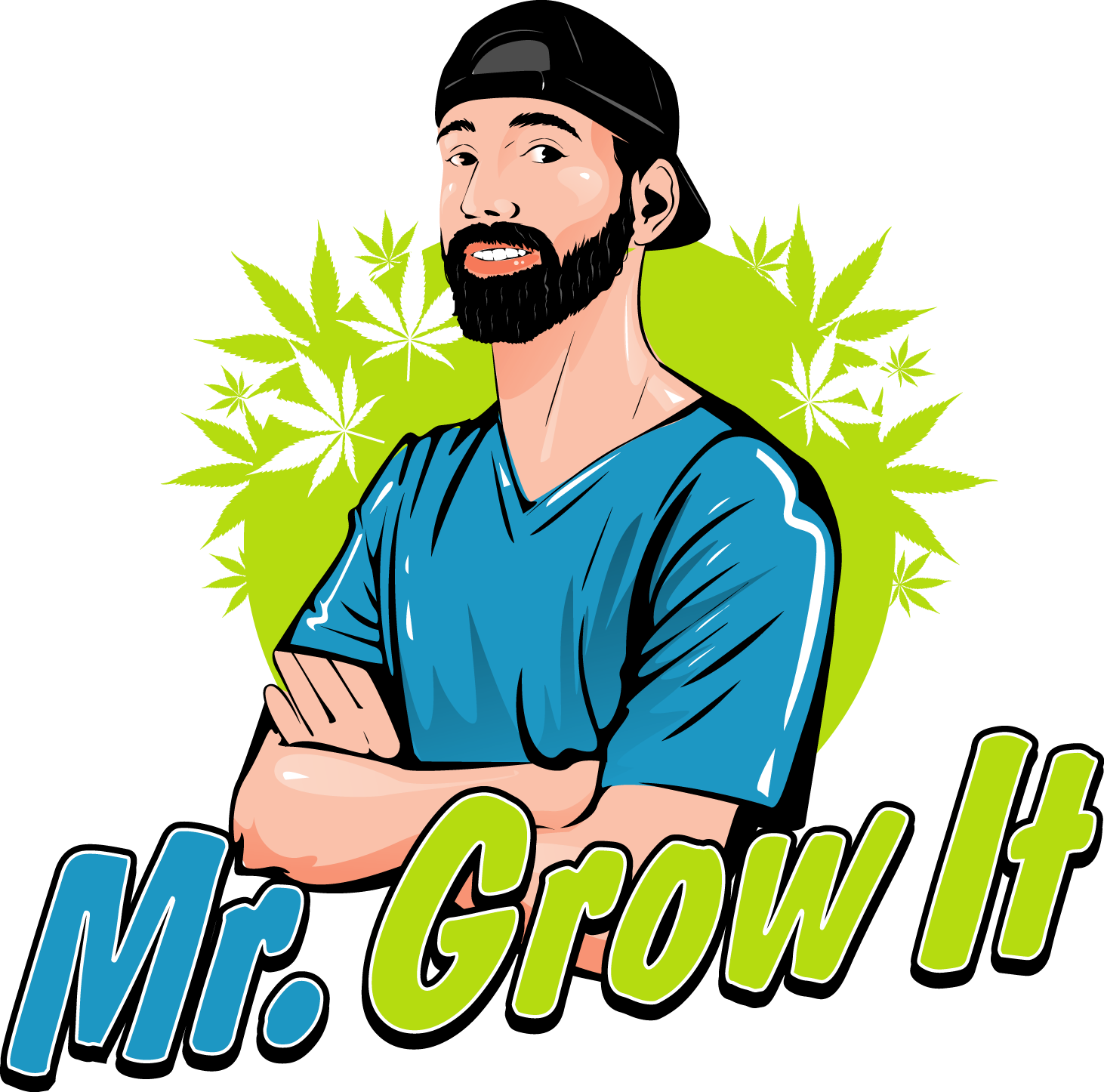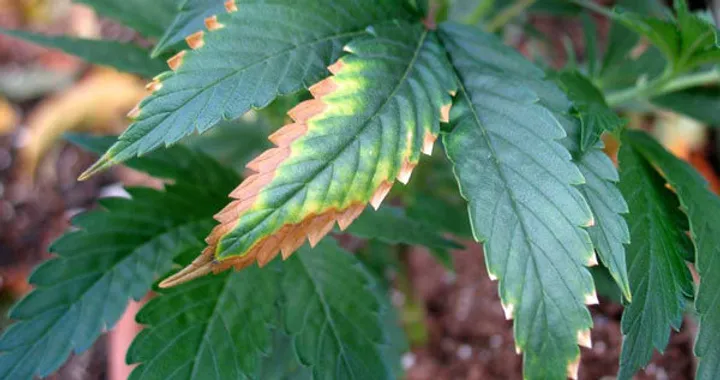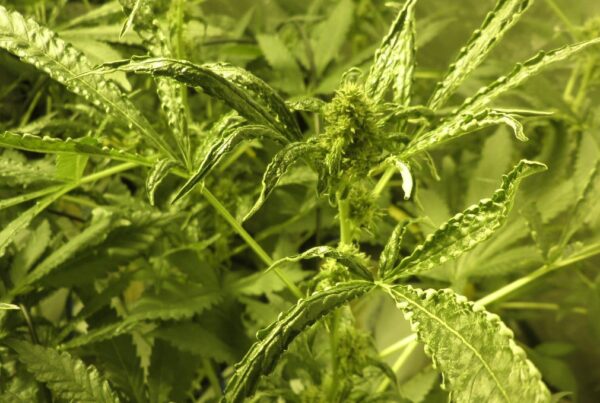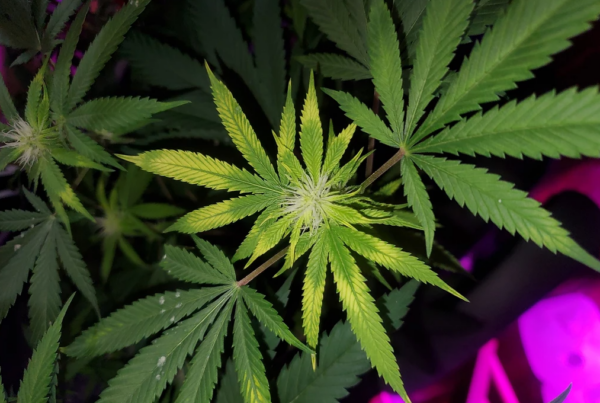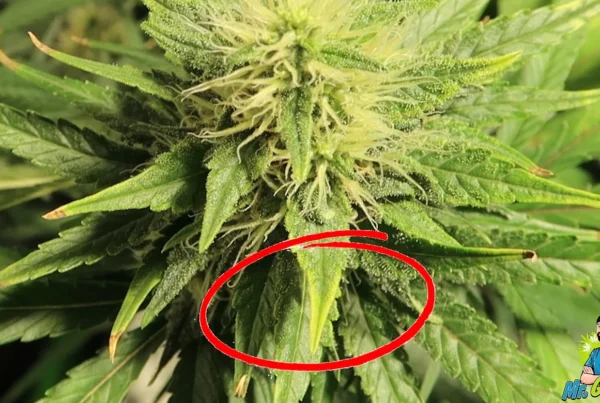When growing cannabis, the chances of running into a few problems on your journey are high, but stay positive, almost every problem is fixable. Some in-depth knowledge about your cannabis plant plus a few simple actions will help you keep your plant healthy and thriving. One of the problems that a cannabis grower can run into is potassium deficiency. The tricky part is making the correct diagnosis as the symptoms of potassium deficiency can be similar to nutrient burn and light burn. This guide will not only help you correctly identify the issue, but it will also provide you with treatments so the plant will recover.
Before diving into the signs and treatment, it is crucial for you to understand why potassium is important for your cannabis plant and how it contributes to its growth.
Why is Potassium Vital for Cannabis Plants?
Potassium does not only keep the cannabis plant healthy in the vegetative stage, but it also plays a key role in the flowering stage. Here is what potassium does for your cannabis plant:
- Potassium is responsible for the uptake and movement of water through the plant. It is also vital for transpiration as it controls the closing and opening of the stomata through which plants lose water. In short, potassium is important for osmoregulation in cannabis plants.
- Since potassium controls the opening and closing of the stomata, it also handles how much carbon dioxide the plant uptakes.
- Another crucial function of potassium is enzyme activation, mainly Adenosine Triphosphate (ATP) which also sets the rate of photosynthesis.
- Potassium also activates the enzyme required for the synthesis of protein and starch.
- Potassium keeps the plant strong against various diseases.
- It aids the plant during the drought period by increasing its resistance. It also affects the weight, flavor, smell, and volume of the buds.
Now that you know that plants need potassium to stay strong and healthy, let’s go over the the symptoms and treatment.
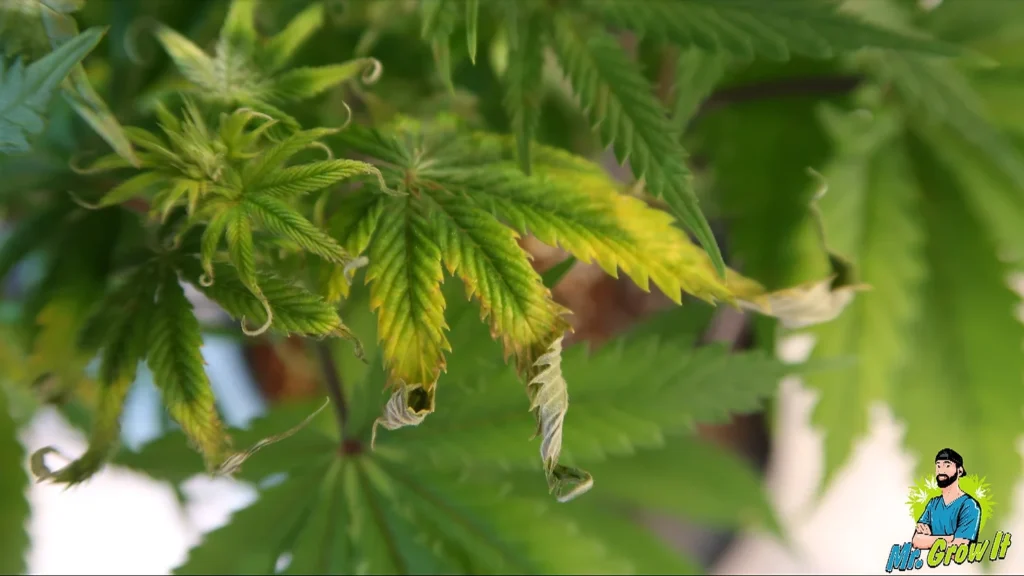
Signs of Potassium Deficiency
It can be challenging to identify potassium deficiency right away. It shares similar symptoms with nutrient burn and light burn so first make sure that you are not overfeeding and that your grow light isn’t too close to your plants. Once you have ensured that overfeeding and light distance are not the source of the problem, start looking for these signs of potassium deficiency:
- Observe the leaves of the cannabis plant carefully; the changes appear initially on the leaves. The first signs are the leaf tips, edges and/or margins turn rusty or yellow and the tips also begin to curl. You may also see brown necrotic spotting on the leaves, and eventually, the leaves suffer chlorosis and turn yellow, brown or even white. The leaves will eventually die and fall off if the problem is not treated. The veins of the leaves stay green which helps confirm that plant is deficient in potassium.
- Next, observe the stems of the plant. Weak and brittle stems are tell-tale signs of potassium deficiency. You will also notice abnormal growth in plants, resulting in plants growing taller than normal. You may also see longer internodal spacing which simply means that there will be large spaces between the nodes on the branches. Even though plants appear taller, potassium deficiency stunts plant growth; the leaves grow smaller and the buds are less dense.
Do not be too quick in making a diagnosis as sometimes stressful conditions cause deficiencies for a short period. This includes but is not limited to: moving the plant to another pot, heat, and overwatering. If the problem does not spread and stays in certain areas, there is a chance that it will heal on its own.
Potassium is a macro-nutrient that is also very mobile in plants. Once the problem spreads to large fan leaves, it can become fatal for the plant. Hence, you must monitor your plant daily to keep it healthy and catch any problems early on. If you have diagnosed that your cannabis plant is suffering from potassium deficiency, follow the steps below to treat your plant so it will recover.
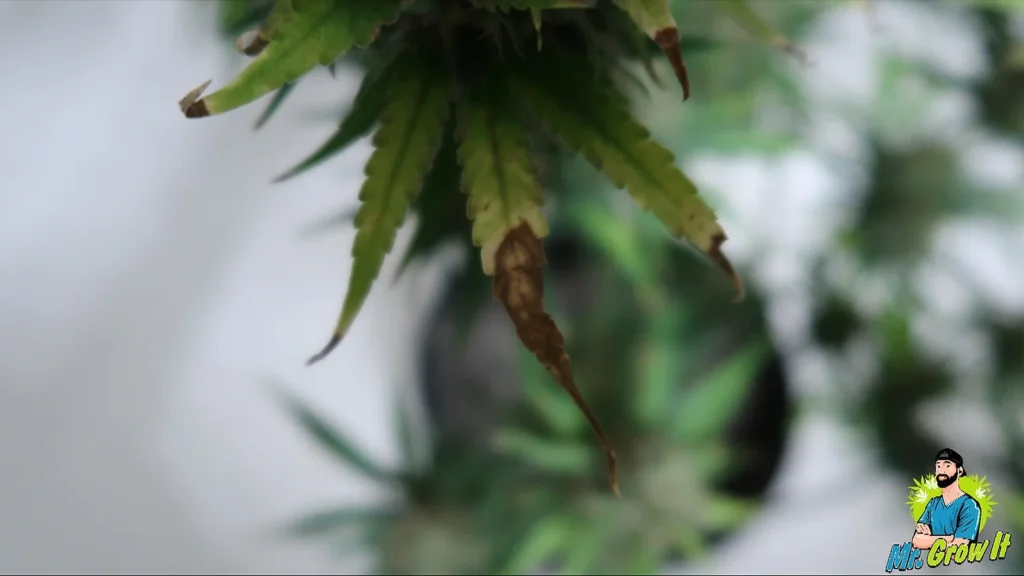
How To Fix Potassium Deficiency In Cannabis Plants
Potassium deficiency is a problem that your plant can recover from. The treatments below can be done to your plant which will help set your cannabis plant on the path to recovery:
Add Nutrients
Providing your plant with balanced cannabis-friendly nutrients will give your plant the potassium boost that it needs. You can pick from organic or synthetic nutrients depending on your preference. You can also add a potassium and phosphorous booster (PK booster) in addition to the nutrients. You could use liquefied kelp, potassium bicarbonate or potassium silicate as an alternative in case you do not have access to a PK booster or base nutrients. Another organic solution is using wood ash which has an abundance of potassium.
Also, make sure that you are using quality soil to grow your plant as it is the fundamental need of a healthy and strong plant.
Correct pH Levels
At times, potassium is not absorbed properly by the plant because of incorrect pH levels. Potassium is absorbed from the soil at an optimum level between the pH range of 6.0 to 7.0. Check the pH level of your soil, and if it is out of the optimal range, flush the medium with pH-balanced water.
Once you have taken these measures, keep an eye on your plant. The old-growth won’t show signs of recovery, but new growth will certainly show an improvement. Remember that it is critical to treat potassium deficiency because it can kill the plant if it persists. It will also affect your harvest as potassium is needed for the production of terpenes which adds the smell to your buds. Use the treatment methods above to fix the problem and don’t forget to also give your cannabis plant some love!
Sources:
- https://www.zambeza.com/blog-potassium-deficiency-what-it-is-and-how-to-get-rid-of-it-n159
- https://free-the-tree.com/indoor-growing/deficiencies/potassium-deficiency/
- https://www.growweedeasy.com/cannabis-plant-problems/potassium-deficiency
- https://growingexposed.com/cannabis-doctor/potassium-deficiency/
![]()
